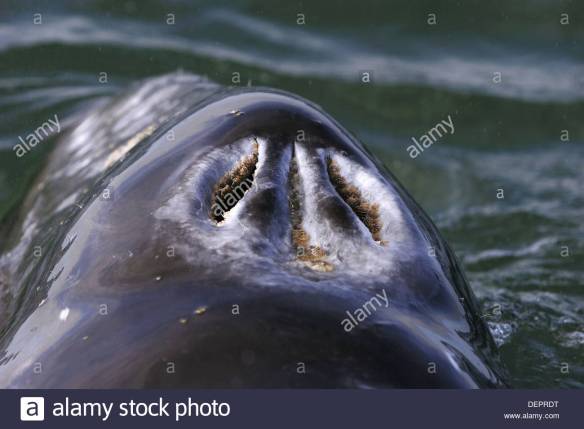Happy (almost) Halloween! In honor of this wonderful holiday, I’m blogging about pumpkin-colored zombies.
BUT FIRST – I don’t think I’ve blogged about amphipods before, so I need to spend a minute gushing over how cool they are. If you’ve ever visited a beach, you’re probably familiar with “sand fleas” – which are not, in fact, fleas. They’re terrestrial amphipods. And that’s just the tip of the amphipod iceberg. There are thousands more amphipod species living in freshwater and marine environments around the world, where they play important roles in food webs. They can be beautiful and adorable, like this Coral Hopper Amaryllis (photo credit Dave Harasti):

Or this stinkin’ cute ladybug amphipod (photo credit Yury Ivanov):

They can also be really cool parasites. (Or parasitoids? Or predators? I’m a bit unclear on the life histories.) For instance, species in the hyperiid suborder slice open gelatinous plankton (e.g., salps), eat out their insides, and then hang out and lay eggs within the remaining body of the dead host. Aren’t they awesomely creepy?! (Photo credit Tara Oceans.)

And then of course there are the whale “lice.” Look closely…

In addition to being cool parasites, amphipods can be infected by cool parasites. That brings me to a recent paper by Johnson and Heard (2017), which is open access and available here. The paper has some great cartoons and photos in the life cycle and other diagrams – kudos for SciArt! – so you should take a look! There’s also an article about this paper over at ScienMag, including funny author quotes. You should check it out! But here’s my brief summary and some cartoons:
The salt marsh amphipod Orchestia grillus is brown and wary of bird predators when it is not infected by trematodes. But when infected by metacercariae of the trematode Levinseniella byrdi, the amphipod turns conspicuously orange and stumbles into more open habitats where predation by the definitive bird host might be more likely. Johnson and Heard (2017) tracked the density of these uninfected and infected amphipods in Massachusetts salt marsh sites where nutrients have been artificially added for years to understand the effects of eutrophication on salt marsh ecosystems. They found that eutrophication predictability increased the density of all amphipods in the salt marsh. And whereas reference sites had few infected amphipods, nutrient enrichment increased the prevalence of trematode infection to ~30%, creating an orange amphipod apocalypse. So the biomass of both hosts and parasites increased in nutrient enriched systems, similar to this other study regarding snails and their trematode parasites. Pretty cool stuff! But again, the paper is better than my summary, so go take a look!

Reference:
, and . 2017. Bottom-up control of parasites. Ecosphere 8(10).

Pingback: Parasite Ecology Tricks and Treats | Parasite Ecology